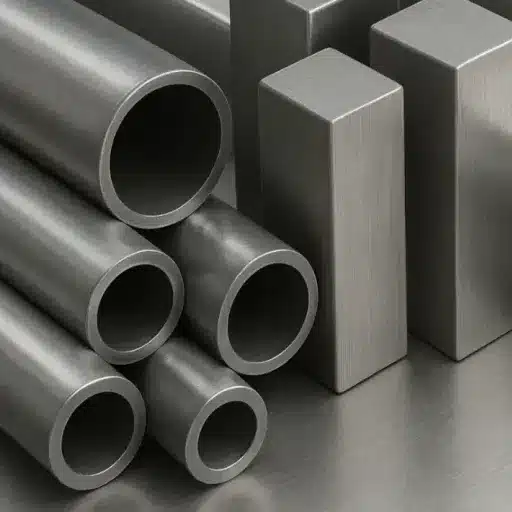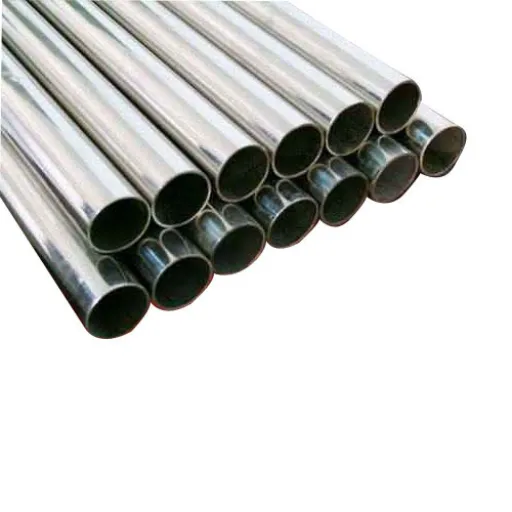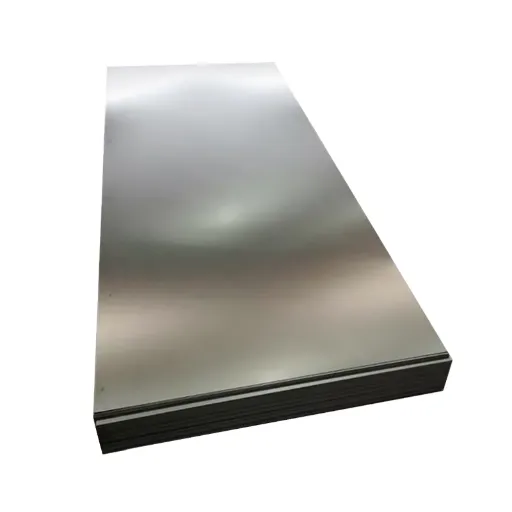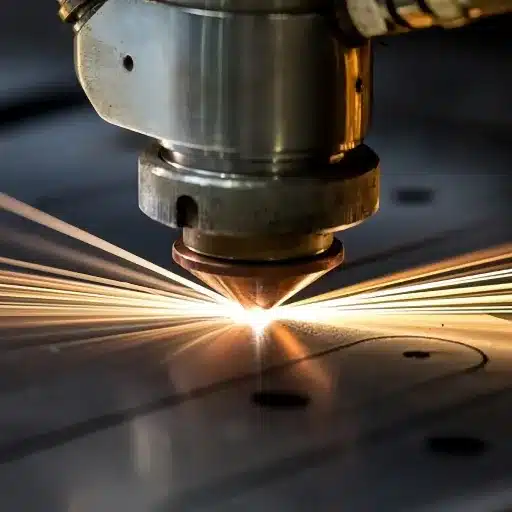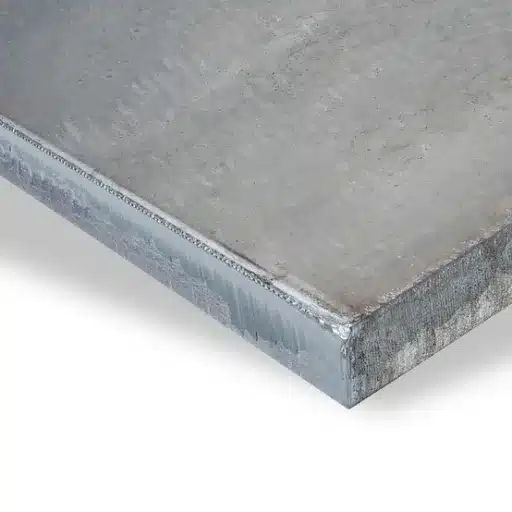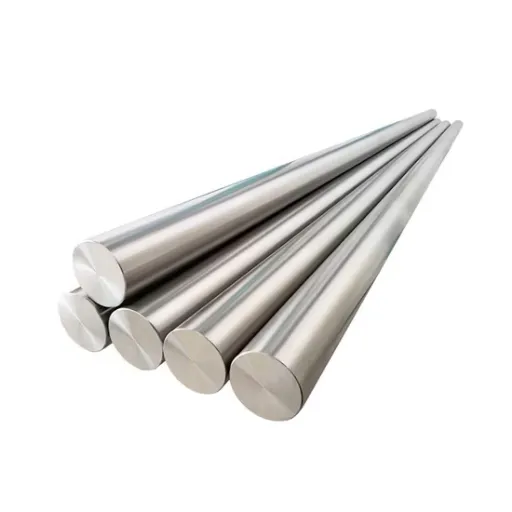When it comes to project steel selection, one has to take into account the differences that exist between the two major types of steel namely carbon and stainless steel. The good and the bad are the unique properties of each material leading to their respective suitability for specific applications, whereas, at the same time, it can be tricky knowing when to pick one over the other. This all-encompassing guide will present you with the necessary knowledge and skills to make a better choice if you’re in construction, manufacturing, or just curious about materials for a personal project. We are going to examine closely the properties, advantages, and sometimes the disadvantages of getting each material to help you figure out which steel is your great fit. Comparatively speaking, let us find out what these two highly used materials have in common and, more importantly, what makes them different.
Introduction: Understanding Carbon Steel vs Stainless Steel
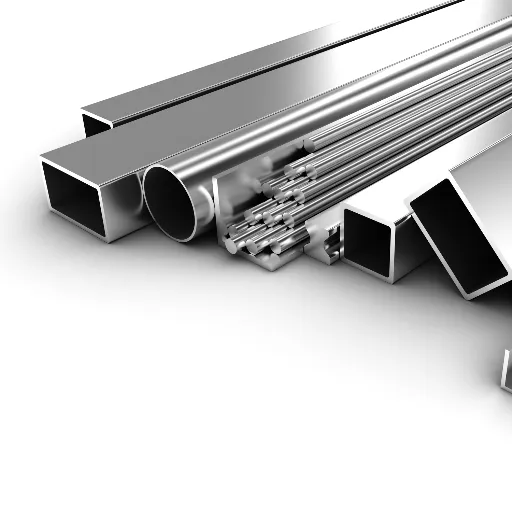
Overview of Carbon Steel vs Stainless Steel and Why It Matters
Carbon steel is mainly made up of iron and carbon, with the carbon content of each grade differing, usually from low carbon (less than 0.3%) to high carbon (more than 0.6%). The toughness and hardness of the steel are increased by the greater amounts of carbon, but it is also less ductile and more susceptible to corrosion if coating is not applied. Carbon steel, because of its economic and mechanical properties, is frequently found in building, car parts and tools.
Stainless Steel, in contrast, is identified by its chromium content which is generally at or above the 10.5% mark. The chromium, in the form of a protective oxide layer, is very effective in preventing corrosion and rust and can even withstand harsh conditions. Moreover, other elements mixed into the steel such as nickel, molybdenum or manganese contribute to the steel’s corrosion resistance, heat tolerance and durability. Stainless steel finds its way into areas where hygiene, aesthetics and longevity are paramount, the likes of which would be medical equipment, kitchen appliances, and architecture.
Common Applications in Kitchens, Workshops, and Homes
Kitchens: Stainless steel is a major option among materials for and in kitchen equipment and utensils. Its ability to resist corrosion and its hygienic nature makes it a perfect material for food processing and storing from sinks and knives to pots and appliances. A study by Statista says that the stainless steel market for kitchen applications all over the world is going to grow steadily and reach about $140 billion by the year 2030, mainly because of the increasing need for long-lasting and easy-to-clean materials.
Workshops: Hard metals like carbon steel have long been used in making durable, tough, and difficult-to-break tools such as wrenches, hammers, and parts for machines. The high quality and price of steel frames, welding and parts made from it have given carbon steel the status of a cost-effective and strong solution. In the opinion of the American Iron and Steel Institute, medium-carbon steel is gaining more popularity in machine production areas because of its exceptional toughness and wear resistance.
Homes: Steel is seen as a major and common material in the construction of houses and furniture. Structural steel, for example, is used as a material for building house frames, while stainless steel is used in fixtures like railings, faucets, and decorative elements. The household stainless steel market is continuously growing according to Allied Market Research, the growth being attributed to the rise in demand for interior design that is modern, eco-friendly, and long lasting.
Composition and Material Properties
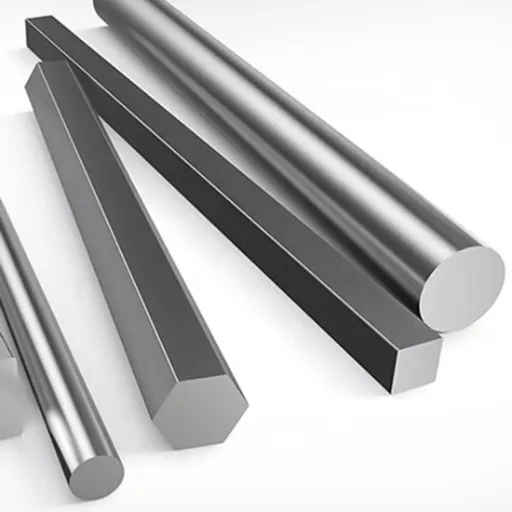
Stainless Steel
Stainless steel is a special alloy with a very high content of chromium, which is the main reason for its being called a “stainless” steel. The chromium usually constitutes from 10.5% to 30% of the stainless steel. In general, the higher the chromium content, the more resistant to corrosion the alloy will be. The process of stainless steel corrosion resistance starts when chromium already gets in contact with oxygen in the air. At that moment, a very thin and strong layer of chromium oxide film is created on the surface of the steel. This layer is called passive and protects the steel from being corroded by moisture and air and so it lasts long even in very bad places like marine or industrial settings because of the water and oxygen that are present.
Apart from corrosion resistance, the stainless steel industry is still flourishing partly due to the aesthetic aspect of the alloy—its bright shiny surface that attracts people and makes it suitable for kitchens, medical applications, etc. The alloy is no more like a ‘stainless’ steel; it will not stain or lose its looks even with prolonged use. The low maintenance and recyclability are the green credentials of stainless steel, and they fit perfectly with the environmental standards of the modern world.
How These Properties Affect Usability, Maintenance, and Lifespan
The outstanding characteristics of stainless steel have a tremendous impact on its usability, maintenance requirements, and lifespan across the board in different applications. For example, the protective oxide layer that is created due to the chromium content in stainless steel makes the alloy highly resistant to rust and oxidation. In this way, the maintenance costs are not as high since the need for maintenance is reduced in moist, chemical, and extreme temperature environments, marine equipment, and industrial piping, for example.
Besides, the strength and wear-resistance of stainless steel lead to a longer life for the products made of it. The same can be said about stainless steel parts used in cars or building—20 to 50 years of life is guaranteed with little or no decay. Household items such as refrigerators or cookware are often overlooked in terms of their durability but they also share same characteristics—keeping looks and working well for the years. Statistics from the International Stainless Steel Forum (ISSF) show that the material’s longevity and recyclability is one of the reasons why 90% of stainless steel gets recycled worldwide thus the environmental impact is lessened while high performance is kept.
Performance in Cooking and Food Preparation
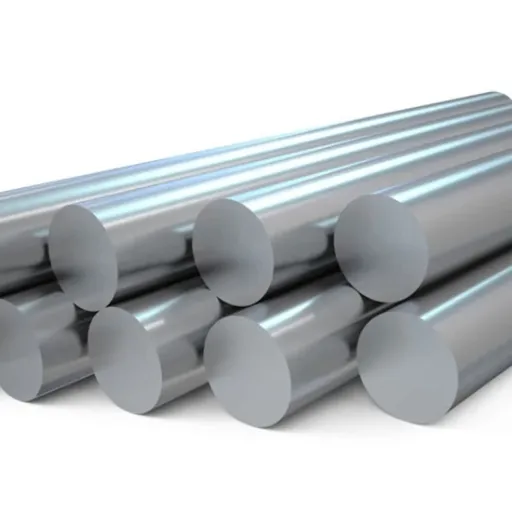
Heat Retention and Distribution: Carbon Steel vs. Stainless Steel Cookware
Carbon Steel cookware is highly acclaimed and appreciated for its remarkable quality in heat retention and fast reactions to temperature changes. Carbon steel has a quicker and better heating process due to its lower alloy content compared to stainless steel. This characteristic is very helpful for cooking techniques where heat is the only requirement; thus, it can be used for searing steaks or stir-frying. The thermal conductivity for carbon steel cookware is usually about 54 W/m·K, which means that heat is evenly distributed over the cooking surface. However, carbon steel cookware requires careful handling because it can easily corrode if not properly seasoned or maintained.
Stainless Steel, in contrast, is the material that is most associated with toughness and rust-proofing. Its thermal conductivity (which ranges from 16 W/m·K to 25 W/m·K) is less than carbon steel’s, however, it usually has an aluminum or copper core covered on both sides with stainless steel. These different materials in one piece of cookware vastly improve the transport and storage of heat, thus stainless steel cookware is mostly used for delicate operations such as simmering sauces or sautéing vegetables. Furthermore, there is no reaction with the food when using stainless steel and one can cook acidic food, thus getting the versatility offered without the compromise on food quality.
Reactivity with Acidic Foods and Non-Toxic Surfaces
When it comes to cookware, understanding reactivity with acidic foods and the importance of non-toxic surfaces is crucial for both health and culinary performance. Acidic ingredients such as tomatoes, citrus, and vinegar can react with certain metals, leading to unwanted changes in flavor and possibly leaching harmful substances into the food. For example, aluminum and copper are highly reactive materials that may impart a metallic taste or discolor acidic dishes if they are not properly coated.
On the contrary, stainless steel is for the most part regarded as a non-reactive and safe material for acidic foods. Its chromium content builds a protective layer that blocks chemical reactions, thus the food flavor remains unaltered and is contamination-free. Likewise, carbon steel becomes less reactive when it is maintained properly with seasoning as the layer of polymerized oil affords little protection. However, prolonged contact with acidic materials can diminish the seasoning layer, thus maintenance becomes necessary. Recent research indicates stainless steel was one of the best materials in terms of cookware safety because of its long life and insignificant leaching when in contact with acidic elements.
Applications Beyond the Kitchen
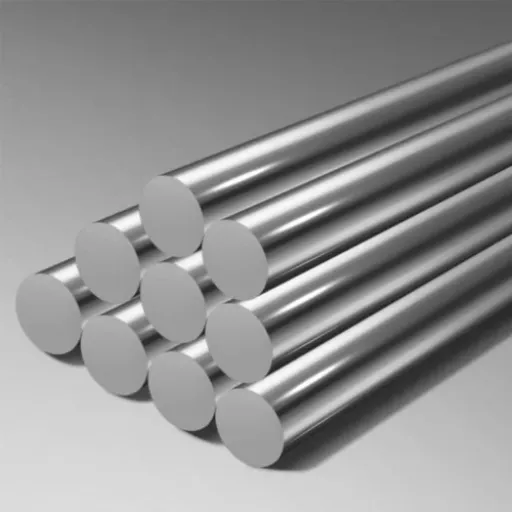
Carbon Steel for Tools, Knives, and DIY Projects
Tools
Among all metals, carbon steel is the most common for the manufacturing of hand tools, such as hammers, wrenches, and screwdrivers. This is due to its great toughness and practically the best wear resistance. High-carbon steel in particular keeps edges sharp and tolerates impact continuously, thus it is not only the light tools but heavy-duty ones that cannot do without high-carbon steel. As per the data from the industry, the life and reliability of tools made from carbon steel will be increased by 50% when subjected to the same amount of stress as non-carbon steel tools.
Knives
Carbon steel knives are the most preferred ones by cooks, hunters, and artisans for the very reason of their sharpness and long-lasting edge. Though not as good as the latter, carbon-steel blades are still quick to sharpen, and holding a very sharp edge for a long time is their main feature. For example, carbon steel chefs’ knives usually have a Rockwell hardness rating between 58 and 62, while the average hardness of stainless steel knives is only 54 to 58. This gives them the edge over the latter for cutting and tough applications, for example, slicing through thick material or carving wood.
DIY Projects
For the do-it-yourself crowd, carbon steel is a perfect choice of material, as it is cheap and easily customizable. From the making of furniture, framing, and even decorative pieces, carbon steel can be subjected to welding, forming, and treatment according to the application involved. Surface treatments, such as blueing or painting, not only beautify the product but also prevent rusting, hence prolonging its use and retaining its aesthetic value.
Stainless Steel for Appliances, Hardware, and Outdoor Equipment
Appliances
Stainless steel is the material that gives the modern kitchen its character, and it is always the case with refrigerators, ovens, dishwashers, and range hoods. Besides their modern and elegant look, they are also the most resistant to stains and offer easy cleaning and the longest durability. As per market research, the global market of stainless steel appliances is set to advance with an annual compound growth rate (CAGR) of 6.2% during the years 2023 to 2030, as a result of the growing preference for energy-efficient and long-life appliances.
Hardware
Stainless steel is a hardware material that is unbeatable in terms of strength and the ability to undergo regular use without being deformed, which is why it is extensively used in making everything from door handles through locks to hinges. Its adaptability also makes it possible to produce wonky yet charming designs that fit in well with the distinctive architecture of modern homes and offices. Stainless steel hardware is often finicky in terms of finish and performance, treatments are applied to them thus their applications are expanded to both residential and commercial buildings.
Outdoor Equipment
Stainless steel is the material of choice for outdoor equipment of all kinds, such as grills, patio furniture, handrails, and marine-grade components. Its rust-resisting quality, even when subjected to rain, sun, and salt-water is beyond comparison thus making it a good choice for long-term outdoor use. Some of the best grades of stainless steel, such as 316 stainless steel specifically for marine ecosystems, are made to be super corrosion resistant. The outdoor furniture market which widely makes use of stainless steel in the process is anticipated to be $41 billion by 2031, thus, the material’s growing popularity is highlighted.
Durability, Maintenance, and Longevity
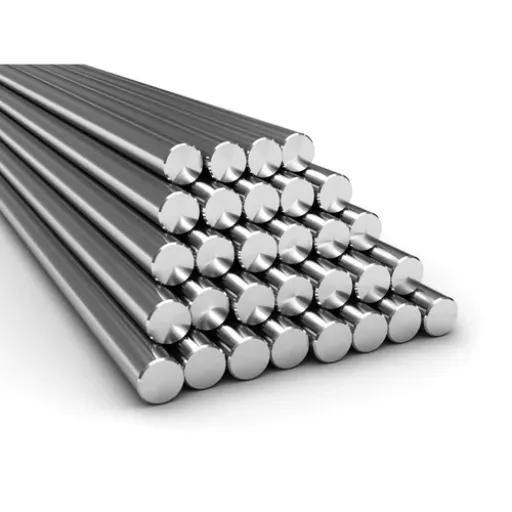
Rust Resistance and Corrosion Considerations
Rust resistance and corrosion should be especially observed when steel is chosen for home improvement and craft projects. For example, stainless steel is famous for its rust resistance. This characteristic is due to the added chromium, usually up to 10.5% of the total alloy composition. The metal reacts with the atmosphere’s oxygen to produce a very thin and reactive oxide coating on the steel surface, which in turn protects the metal from rust and corrosion.
The World Stainless Steel Association reports that austenitic grades, such as 304 and 316 stainless steels, are among the top choices of steel with very good corrosion resistance. Grade 316 is sometimes referred to as “marine-grade” and is most effective in very corrosive environments due to its molybdenum content, which not only gives the steel additional protection against chlorides and saline conditions but also very effective in highly corrosive environments.
Cleaning, Storage, and Proper Handling
Cleaning
Stainless steel does not need as frequent cleaning as other materials. For best results, warm water, mild detergent, and a soft cloth are the proper tools to use for the dirt or debris removal. Harsh chlorides-containing chemicals should be avoided as they cause pitting corrosion to develop very gradually over time. For even the toughest stains, products such as vinegar or specialty stainless steel cleaning agents can bring back the surface’s radiance. Recent studies indicate that routine maintenance every three to six months can extend the life of the material, particularly in areas where pollutants or water vapor are present.
Storage
Steel should be stored in places that are clean, dry, and properly ventilated all the time. Do not allow direct contact between steel items and concrete floors where moisture can collect and cause corrosion. Racks or raised platforms should be used for storage. Material safety guidelines data suggest indoor storage humidity levels be kept at or below 40% to rule out rust formation on unprotected carbon steel.
Proper Handling
While handling steel, make use of gloves to avoid oils or sweat transferring to the surface since these can cause discoloration or rust over time. Among the metals, stainless steel particularly has the tendency to accumulate fingerprints and smudges, thus it is recommended to use a clean microfiber cloth for both handling and cleaning. For carbon steel, ensure that tools and edges are covered when not in use so that accidental damage or moisture exposure does not occur.
Reference Sources
-
Industrial Metal Service
- Title: Choosing Between Carbon Steel and Stainless Steel: A Comprehensive Guide
- URL: Industrial Metal Service
- Why Reliable: This source provides a detailed comparison of the properties, applications, and cost considerations of carbon steel and stainless steel, making it a valuable resource for decision-making.
-
Industrial Metal Supply
- Title: Differences Between Carbon Steel and Stainless Steel
- URL: Industrial Metal Supply
- Why Reliable: This blog offers a concise yet informative breakdown of the physical and chemical differences between the two materials, along with their respective applications.
-
Essentra Components
- Title: What are the differences between carbon steel and stainless steel?
- URL: Essentra Components
- Why Reliable: This guide provides an in-depth analysis of the properties, strengths, and weaknesses of both materials, tailored for practical applications.
Frequently Asked Questions (FAQs)
What are the steps that I can take to protect steel from oxidation and corrosion?
To rust-proof or corrode-proof steel, keeping it dry and clean is the foremost and main step. For carbon steel, applying a light layer of oil creates a barrier that protects against moisture. Stainless steel is less susceptible to corrosion, but on its part, cleaning it regularly with a soft cloth that is non-abrasive and mild detergent can enhance its durability and appearance. Always store steel in a dry place far from water or humidity.
What is the most effective method of cleaning made of stainless steel without inflicting any damage?
For cleaning stainless steel, opt for a gentle soap or an exclusive stainless steel cleaner and make use of a soft, non-abrasive cloth such as a microfiber cloth. Harsh chemicals, abrasive materials, or wire brushes are to be avoided because they can not only cause scratches but also reduce the thickness of the surface’s protective layer. Also, make it a point to rinse and dry the steel very well after cleaning so as not to leave water spots or streaks.
What reasons can be cited to support the claim that proper handling is important for steel?
Proper handling of steel is important to avoid causing the surface to be contaminated, damaged, or develop rust. The use of gloves when handling steel reduces the transfer of oils and sweat, the latter of which are sources of discoloration or rust. Moreover, when it is a matter of converting carbon steel into tools or edges, protecting them is guaranteeing that they are sharp and are safe from accidental nicks or exposure to moisture.
What should my approach be when it comes to the storage of made from carbon steel tools and items to ensure their safety?
Carbon steel tools should be stored in a dry and clean environment, and it is advisable to use protective covers for the sharp edges or surfaces to avoid any physical damage. If the tools are not going to be used for extended periods, you may want to consider applying a thin coat of oil on them to prevent the formation of rust. The placement of desiccant packs or moisture absorbers in storage spaces is also a good way of lowering humidity levels.

